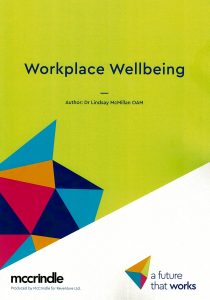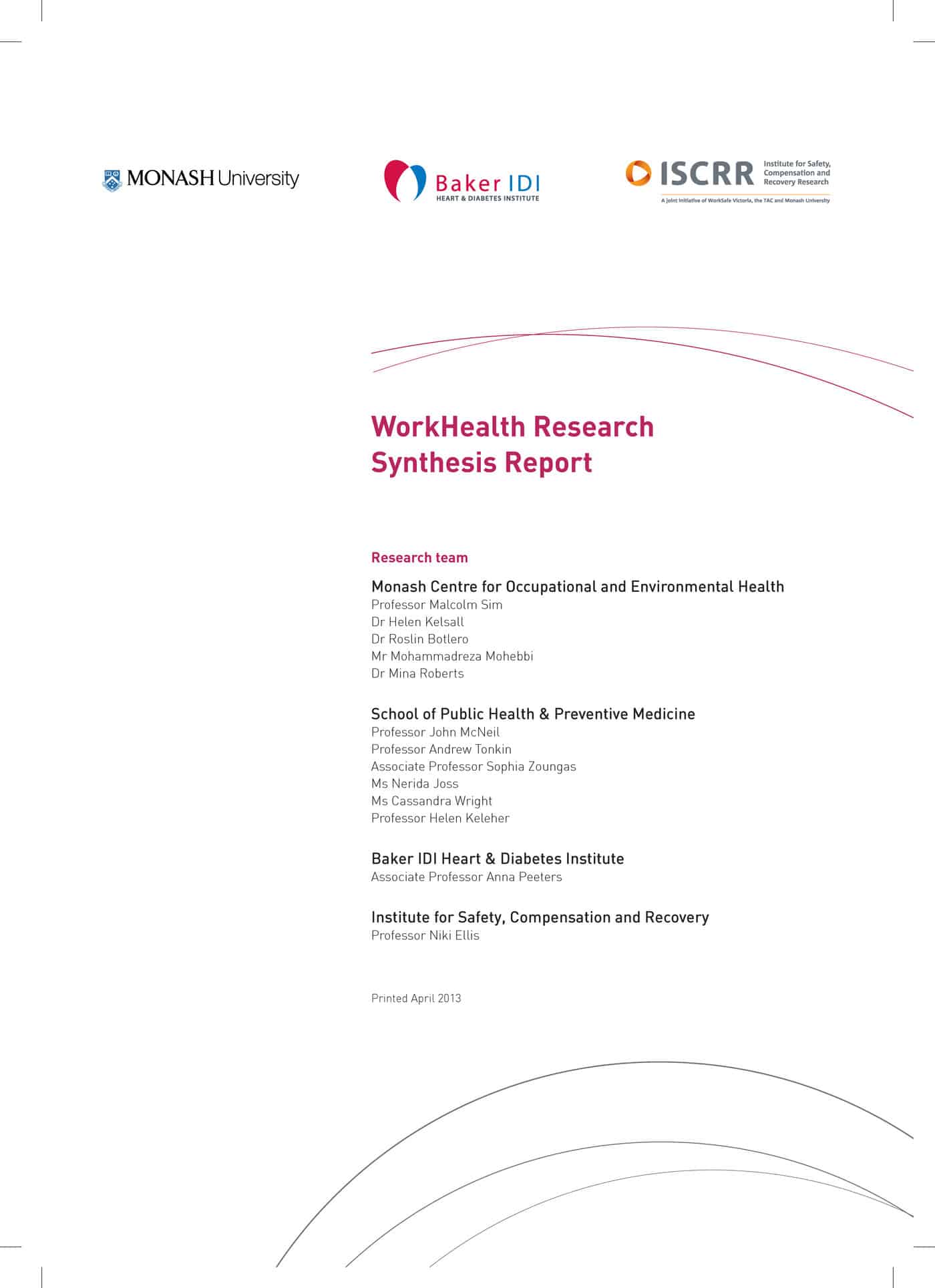 Converge and Reventure launched their latest research report into workplace wellbeing on 23 November 2017. The report, not yet available online, is based round a survey of just over 1000 Australians comprising over 80% full-time or part-time employees, The report has been produced as a guide for businesses and may be of some interest to health and safety people but is of limited application.
Converge and Reventure launched their latest research report into workplace wellbeing on 23 November 2017. The report, not yet available online, is based round a survey of just over 1000 Australians comprising over 80% full-time or part-time employees, The report has been produced as a guide for businesses and may be of some interest to health and safety people but is of limited application.
Definition
Most research reports include a clear statement of the aim of the research or a definition of the concept being investigated.

